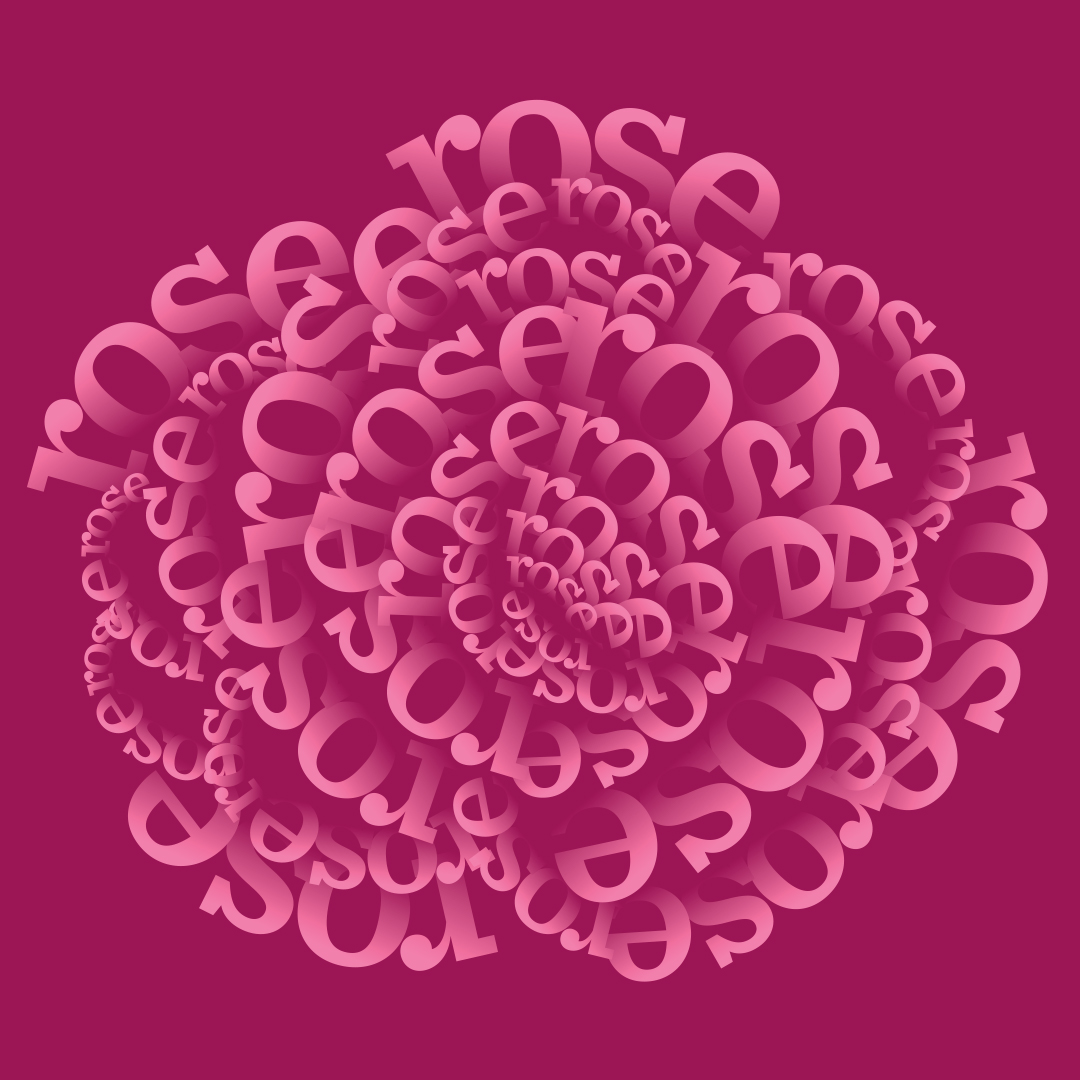GDE 710
WEEK 10
Type & page
Typography in all it's glory this week. We worked with a given text to enhance it's meaning. The main driving question this week was:
How can typographic conventions and design inform and imbue the meaning of a given text?
Typography—Regular Practice

This week was right up my alley in terms of topics. I took brief notes this week because everything Kristoffer spoke about I the lecture I knew really well. I teach Typography at university, so I usually cover most of what he apoke about in my own lectures. I really enjoyed being at the learning end of it. I thought Kristoff broke down the topic well in terms of the two different ways of looking at type: Type and Press and Type and Design. And how both those areas have influenced how type has looked and evolved.
What I really liked about the lecture was the format and the distinction between showing the evolution of type because of technological advancement, and comparing it with the evolution of type from a visual design perspective. Seeing that evolution next to each other I think is a really good way or traversing history on this topic. It gives a really good short but packed summary of type it's origins and it's changing nature influenced by the two lenses.

Workshop Challenge
CHALLENGE: Take an excerpt from a national poet or writer and transform the text into a single typographic composition; redesign the first line of text in a style that’s appropriate to the subject—draw it, render it, build it; then take the body of the text and typeset it. Be experimental. How does leading, positioning, stresses on particular words and detailing affect the power of the piece? How is meaning affected by interpretation in a tangible way? What is the relationship of the page?
For my workshop challenge, I chose the poet RUMI. He is a Islamic mystic persian poet and his translated poetry in English has made his the most read poet in the USA. Initially I couldn't decide between three of his poems, but finally narrowed it down to one after some experimentation. The poem I chose was:
What was said to the rose that made it open was said to me here in my chest.
What was told the cypress that made it strong and straight, what was whispered the jasmine so it is what it is,
whatever made sugarcane sweet, whatever was said to the inhabitants of the town of Chigil in Turkestan that makes them so handsome,
whatever lets the pomegranate flower blush like a human face, that is being said to me now. I blush.
Whatever put eloquence in language, that’s happening here. The great warehouse doors open; I fill with gratitude, chewing a piece of sugarcane, in love with the One to whom every ‘that’ belongs!
I did some research and created a moodboard that explored both English and Persian script type. I looked for bilingual treatments and also effects that got across the feeling generated by the poem. The moodboard wasn't indicative of color per se. I tried to find the original persian but was unsuccesssful.

I decided to use expressive typography to illustrate the star of the poem, the ROSE, as a typographic illustration. After that I took the first line of the poem and chose a font with alternates to style it thinking about how it was composed and stacked in the form of a cohesive lockup. I then went on to compose the poem on the page. The body of the poem was written to break aprat the stanzas in the best readable way and to accentuate the feeling by isolating the words: "I blush" on it's own line. Here is the final result.


Ideas Wall
Here I share my cocontributions to others on the Ideas Wall, and comments left by others on my challenges.


Final thoughts and reflection
This week was another one of my favourites. I had so much fun with the brief and with the execution. I really enjoy typography and this week gave me the opportunity to do a project for myself, something I enjoy doing. So in that sense I felt fulfilled. Usually with client work because I work with a research institute I can’t do such expressive work.
Thank you for taking the time to read this.
© Nida Khan, 2020 — All rights reserved.
Contemporary Practice
Week 1 • Introduction
Week 2 • Industry Today
Week 3 • Fields of Practice
Week 4 • The Self and Identity
Week 5 • Thoughts on Ideas
Week 6 • Noticing the Ignored
Week 7 • Research and Theory
Week 8 • Skills and Making
Week 9 • Message Delivered
Week 10 • Type and Page
Week 11 • Trends and Environments
Week 12 • New Steps
History & Futures
Coming soon...
Studio & Entrepreneurship
Coming soon...
Application & Interaction
Coming soon...